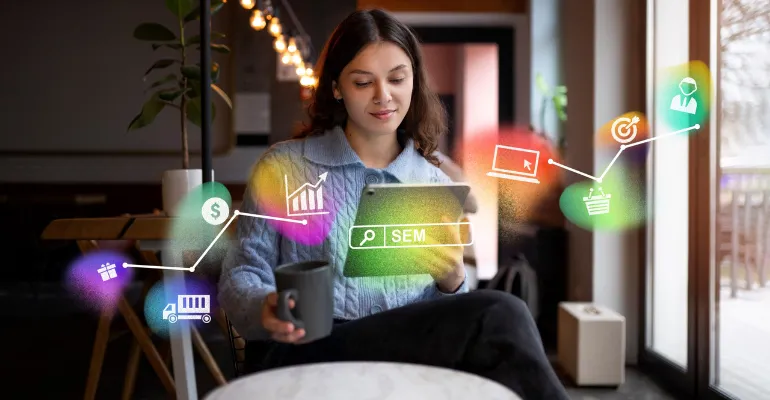Why SEO Is the Lifeline of Your Business in the UAE
Introduction
In today’s competitive digital environment, visibility isn’t just an advantage—it’s survival. For businesses in the UAE, where online presence defines credibility, mastering SEO is no longer optional. Whether you’re a small local startup or a scaling enterprise, search engine optimization (SEO) shapes how and when your audience finds you.
But here’s where it gets interesting: the boundaries between SEO and email marketing are fading. The smartest marketers aren’t treating these tools separately—they’re integrating them for a more powerful digital footprint.
When people search online, they’re not just looking for products—they’re looking for trust. That trust starts with what shows up on Google’s front page. SEO helps your business rank higher in search results, but more than that, it shapes your brand perception. In the UAE, where markets are saturated and consumers are highly digital-savvy, strong SEO positions your brand as the expert, the first choice, and the one worth remembering.
Now let’s talk email—because that’s where things get personal. Email is the only platform where you fully own the audience relationship. But more than just newsletters, email can enhance your SEO ecosystem. The concept of email-driven search relevance is gaining traction. When your email campaigns include high-value keywords, smart content structuring, and behavioral hooks, they indirectly impact how users interact with your site—boosting dwell time, reducing bounce rates, and increasing social sharing. All of this feeds back into your SEO health.
There’s also the emerging trend of inbox SEO integration—embedding optimized micro-content in emails (like headlines, alt-text, and link anchors) that reflect your broader keyword strategy. It’s a subtle but effective way to build consistency across platforms, while encouraging recipients to engage with your site in a way that boosts organic metrics.
Let’s not forget user behavior. Email is a window into your audience’s intent—what they click, ignore, forward, or revisit. That behavioral data can now inform your SEO strategy. Think behavioral keyword alignment—where your most responsive email topics guide your future blog titles, landing page headlines, and meta descriptions. It’s a data-driven way to keep your SEO strategy human-focused and relevant.
All of this creates a feedback loop. Great SEO drives new visitors. Personalized emails keep them coming back. And their behavior fine-tunes your visibility even more. For UAE businesses, where competition is fierce and trust is earned digitally, this loop is what sustains growth.
If you’re only thinking of SEO as keywords and backlinks, you’re missing the bigger picture. In the UAE’s fast-paced digital economy, SEO is the lifeline of discoverability—and when paired with smart email marketing, it becomes a powerful force for sustainable business growth.
Success lies in the integration. Your audience doesn’t see SEO, email, and branding as separate channels—and neither should you. Connect the dots, optimize every touchpoint, and let both your content and communication speak the same language. The result? Visibility, credibility, and momentum that don’t fade.














